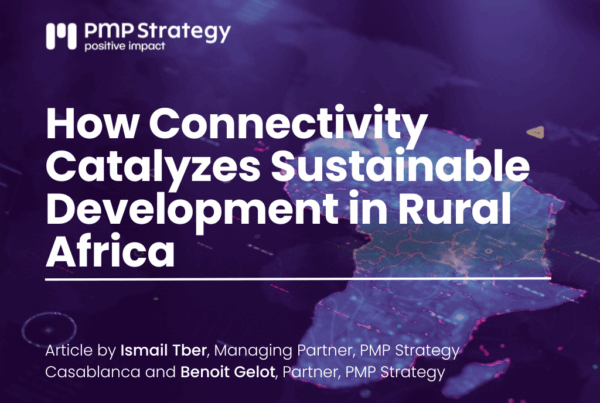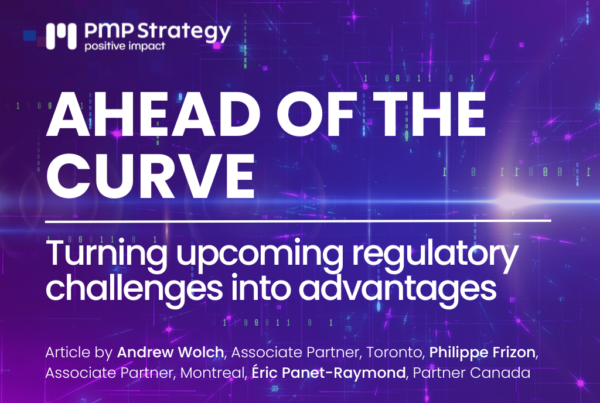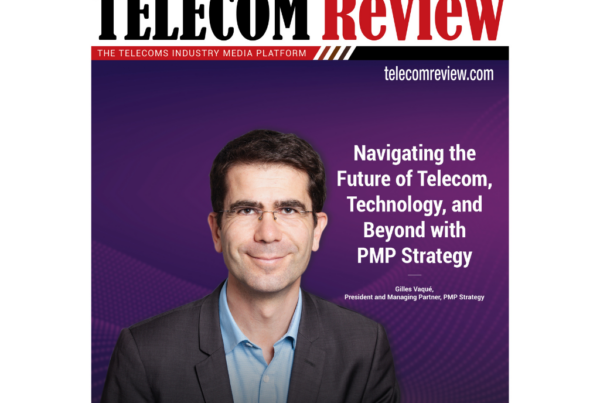The Agency for the Fight against Insurance Fraud (ALFA) estimates the compensation for fraudulent claims in France in 2018 at 252 million euros on the sole scope of non-life. Even if insurance fraud remains difficult to detect and assess in terms of financial impact. The definition of an anti-fraud policy (LAF) constitutes a “painless” profit opportunity for the insurer. The prospect of reducing the burden of claims therefore becomes an interesting avenue, especially when it is painless for policyholders, apart from fraudsters. In addition, effectively detecting fraud would improve technical results, which could result in a lower premium level or increased competitiveness in the insurance market. Today, the use of technology and data enrich the capacities of actors to fight against fraud.
Controls must become automatic and systematic
The current systems implemented by the players show their limits in terms of efficiency for obvious reasons of cost and time. In-depth checks are only carried out on sample files and are often carried out after business processing (entry into a business relationship, claim compensation or reimbursement of health costs) for questions of processing times, particularly in terms of sinister. Systematic analysis of all documents upon receipt is now accessible to everyone thanks to the democratization of OCR models and RPA solutions.
Beyond imaging analysis solutions, blockchain technology is increasingly used to certify documents (payslip, certificate, etc.) as some companies such as EDF, Engie, La Poste and the Caisse des Dépôts to verify and certify the authenticity of the proof of address used by individuals with banks, insurers and social service providers. For example, the Stratumn solution makes it possible to trace and manage the document control process and keep a signed and time-stamped audit trail of the parts controls on the blockchain with the integration of smart contracts to generate automatic alerts and notifications to anti-fraud cells.
Predictive analysis, an assistant at the service of employees
The implementation of a predictive detection approach makes it possible to use advanced data analysis tools in order to focus more on suspicious cases but also with a view to reducing claims processing time. Machine learning models are based on scoring or classification methods to identify cases with a high probability of fraud.
However, predictive models have two major drawbacks:
- The implementation can take a long time, starting with cleaning the data and calibrating the model to avoid “false positives”. This approach requires the expertise of the professions (manager, actuary, lawyer) to interpret the results because the data scientist will never be able to complete the process alone.
- Some models can identify fraud risks without giving any real pre-indication on the information to be verified, requiring the manager to carry out a complete check to validate or not a file.
Malakoff Humanis uses machine learning analysis models to identify cases that differ from average behavior to target medical checks on work stoppages. AI models become super assistants to multiply control moments and controlled parts. However, the models need to be updated and fed with new data to be more efficient. Thus, the models will detect a greater number of frauds and allow insurers to be more reactive in identifying them.
The “Fraud as a Service” ecosystem
“In-house” algorithms, that is to say, trained only on company data, quickly reach their limits because they can only rely on the “experience” of the insurer. Usually, they show up what are called “false positives” in the range of 50% to 80%. Insurance tech models that work for several players are therefore much better trained insofar as they deal with a larger amount of data. They can thus discover fraudulent cases that are not common for an insurer wishing to use a predictive model.
Whether trained on “in-house” or external data, models remain a decision aid for managers. In order to build an effective anti-fraud strategy, insurers must also conduct a critical self-analysis of all their processes as they are elements that give rise to insurance fraud. Furthermore, a strategy to combat insurance fraud cannot be limited to remedies, but must also be based on preventive actions.
Marie-Sophie Houis-Valletoux, Partner PMP & Jean Levoir, Senior Advisor PMP




